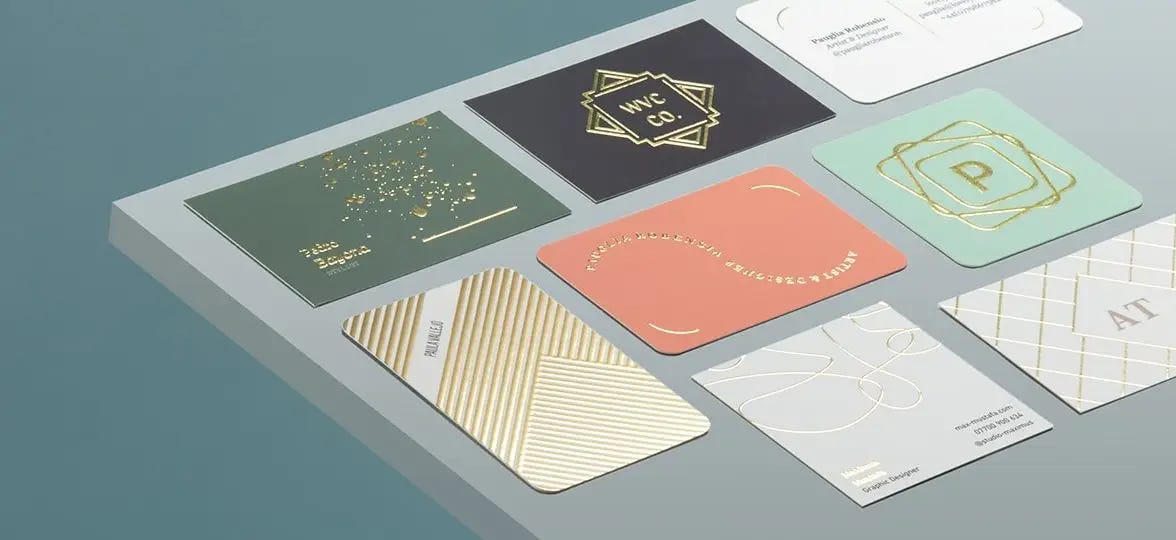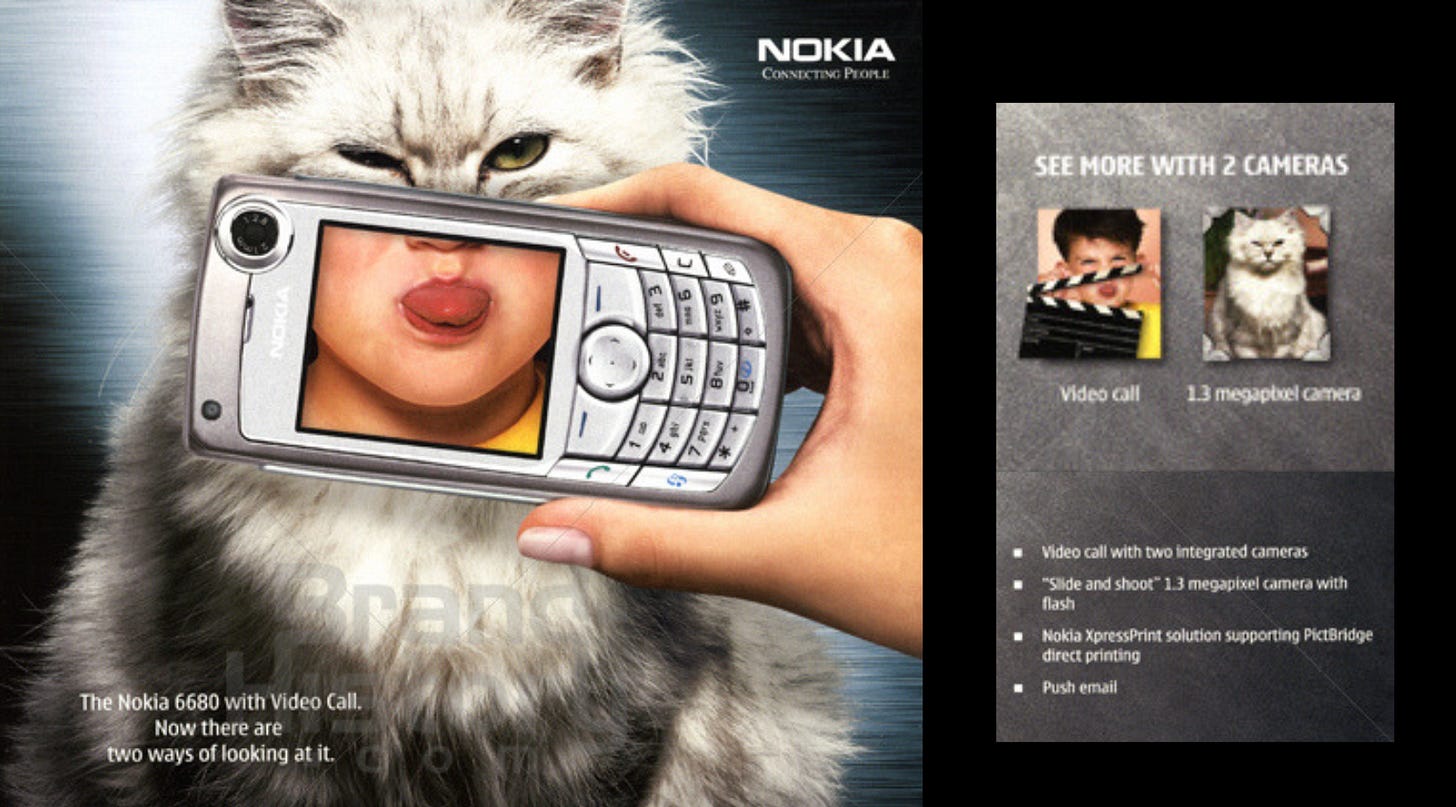What do King Arthur, Charlemagne, and Gandalf have in common?
Well, according to history and literature, all these figures bore swords, with which they performed deeds of great heroism.
These swords are not just any swords – they’re legendary. And they’re legendary thanks to their names: Excalibur, Joyeuse, and Glamdrig.
With the right name, comes uniqueness, power, and value – vital attributes for a product.
If you’re a product marketer and you’re not currently responsible for naming products and features, it’s time to change that. You must take ownership of naming.
Why?
Because you’re at the intersection of the product, the customer, and the market. As such, you have all the contextual information you need to be able to deliver a great name.
That being said, naming is super hard.
So, to guide you, I'm going to share six common naming pitfalls. That way, you’ll be able to avoid them as you seize ownership of naming at your organization.
Back in 2013, Apple released a video call feature. They named it FaceTime. Perhaps you’ve heard of it? Yes, I thought so.
Here’s something you might not know though – Nokia released a video call functionality back in 2004. That’s nine whole years before Apple released FaceTime.
Now here’s a question for you: when was the last time you even saw a Nokia device? I’m guessing it’s been a while. Meanwhile, there’s a good chance you’re reading this on your iPhone.
So what did Nokia do wrong? Well, for starters they failed to recognize the value that video calls bring.
Want to know what they named their video call functionality? Video Call – not exactly inspiring. You can see this failure to recognize the value of this truly groundbreaking feature in Nokia’s marketing too.
The ads they released at the time focused on the megapixel quality offered by the two integrated cameras, rather than on the life-changing impact that Video Call could have.
When Apple released FaceTime nine years later, they nailed it. They gave their feature a unique and powerful name that perfectly captures the value it offers to users – more face time with their loved ones.
They captured this emotional value in their ads too. One commercial shows a mother-to-be getting an ultrasound scan while her military husband, who has been deployed overseas, smiles out from her phone screen.
💡 If you're launching a feature that has significant value for the customer, name it and claim it.
I was the first product marketing at MOO, a startup at the time, with a mission to make it simple for any business size to create beautiful, expertly crafted business stationery and promotional materials.
One of the products I helped launch at MOO was a new set of special finishes: gold and silver foil, and spot gloss.
For the non-paper nerds, these are different finishes applied to part of a design to make it gold, silver, or super shiny.

I went down the classic path, corralling a group of peers into a room for a session of free-wheeling brainstorming on names. An hour of creative chaos later, we triumphantly declared our name: "Tailored by MOO."
When we went to market with this name, we realized the name was not resonating. It was confusing, required a lot of marketing effort, several lines of copy explaining what it was, and didn't articulate on its own any value for the customer.
These special finishes were not a new thing in the industry. By trying to elevate them for MOO, we were over-naming it.
We ended up re-naming it Special Finishes. Simple, to the point.
💡 There’s no need to over-name something that already has a name, and is not new.
Have you ever heard the expression that "a camel is a horse designed by committee?"
What you surely have heard about is the DACI framework. A decision making framework that clarifies who is the Driver, Approver, Contributor and Informed in a project.
Driver - Who is setting the pace and pushing naming forward?
Approver - Who decides if the name is acceptable?
Contributor - Whose inputs are important to consider?
Informed - Who needs awareness of the activity and outcome?
Having a clear DACI from the start is key to deciding the best name possible without engaging in never-ending discussions, just to arrive to a camel, when what's needed is a horse.
Here's my approach: I start by envisioning the entire process from beginning to end. Next, I identify who needs to be involved. After that, I determine the role of each participant throughout the process.
Naming can’t be decided in a vacuum. So this approach looks at it as a collaborative effort, and this framework helps establish clear roles and responsibilities right from the start. You might need to design your own approach and pinpoint the relevant stakeholders. One of the main hurdles in decision-making is knowing when to involve others and to what extent.
Allocating a little time to this upfront can significantly improve your speed and efficiency later on. It also plays a key role in building your credibility.
The product marketer does the heavy lifting in this process. It's the Driver almost across the full process.
Depending on seniority, the product marketer might be also the Approver of the final decision after consulting and informing the right people.
Read Part 2 of this series here!










